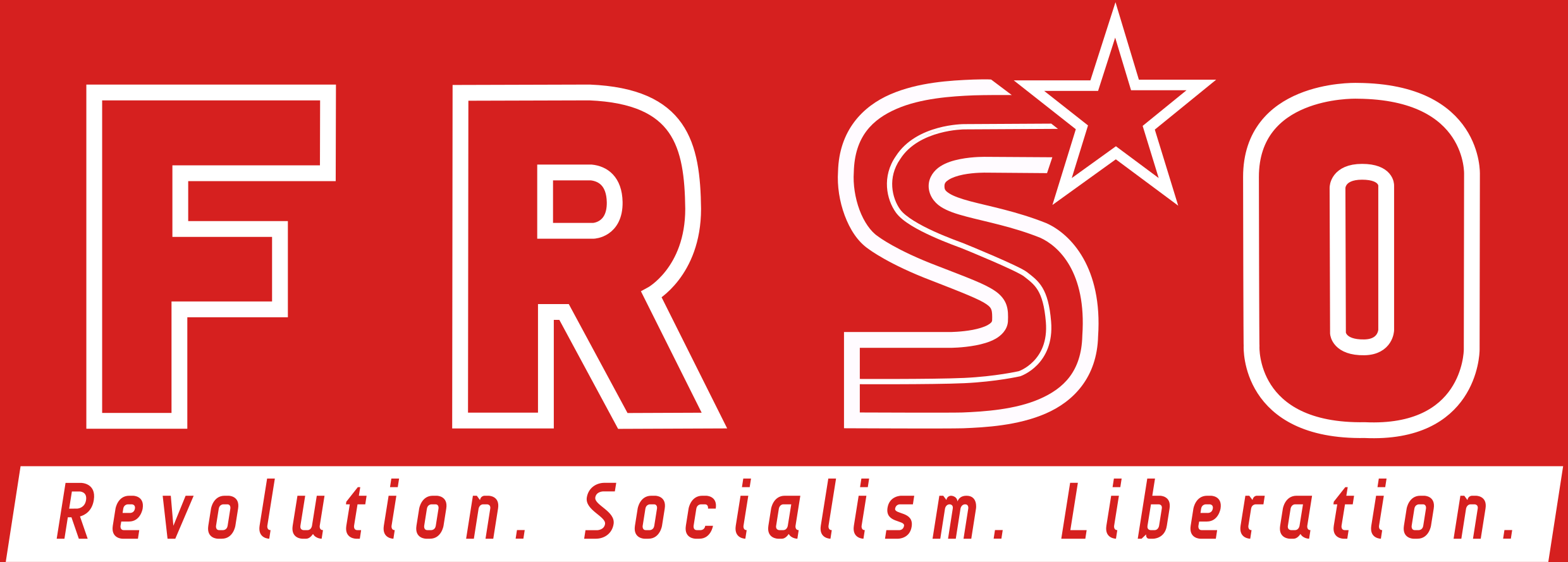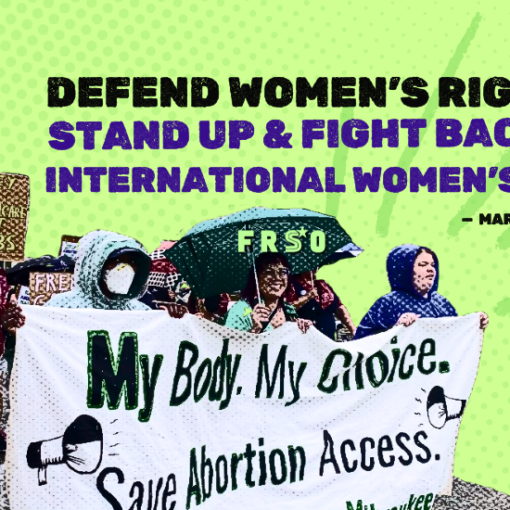For over six decades the Cuban people created a system that provides free universal health care, free public education from kindergarten through university, and housing to people at around 10% of their income. That system is socialism. Despite six decades of U.S. invasion attempts, blockades, embargos, assassination attempts, sanctions and demonization, the achievement record of the socialist mode of production in Cuba speaks for itself. As Mao said, “The fundamental cause of the development of a thing is not external but internal.” So, we must look at what has been happening inside Cuba to account of the success of its socialist path.
One of the major achievements in Cuba has been its establishment of a health care system nearly unparalleled in the world. For example, the Cuba revolution and the implementation of socialism has massively lowered the infant mortality rate, which continues to decline each year and has long been lower than that of the U.S., at 4.262 deaths per 1000 live births.
This puts many major U.S. cities to shame – for example Milwaukee, Wisconsin, where discrimination and a for-profit health system have led to 13.6 deaths per 1000 live births for African Americans. The infant mortality rate for Blacks is similar in other big U.S. cities, such as Detroit and Minneapolis. If one to look at the Black Belt South, home of the oppressed nation of African Americans, states like Alabama and Mississippi have nearly double the national average of infant mortality rate. It is clear that the capitalist system fails poor and working people. In literal matters of life and death, socialism prevails.
The means by which these achievements arose is a government of, by, and for working people. Led by a Communist Party guided by the science of Marxism-Leninism, Cuba has been able to navigate a number of challenges that capitalism has been proven unable to solve elsewhere.
When faced with the loss of its major trading partner, the Soviet Union, the Cuba government shifted its focus on agriculture to one of self-reliance and food sovereignty. With a socialist system, a section of education, technology and training is oriented toward sustainable urban agriculture. The results have been substantial in increasing employment, increasing caloric intake, reducing expensive imports, reforesting and reducing air pollution.
While shifting some of its national focus to agricultural sustainability, Cuba has never lost its commitment to its medical system. One does not need to look further than the handling of the COVID-19 outbreak in Cuba to understand the qualitative difference in systems. Cuba has long had a higher doctor per capita rate than the U.S., publicly-financed research and production of stem-cell technology, nanotechnology, and importantly, vaccines. This commitment of resources and personnel, combined with attention to preventative and full health care, has buttressed the island nation from high COVID-19 death rates seen in capitalist countries like the U.S. and India. And as always, Cuba continues to send vaccines, medical personnel and technology to countries in need, whereas the monopoly capitalist U.S. sends soldiers and machines for death and destruction.
Socialist Cuba has been able to finance these important institutions through state ownership of the commanding heights of production. When the revolution seized land and much of it U.S.-held assets and nationalized industries, it laid the foundation for a socialist system that has eradicated illiteracy, poverty and homelessness, is ranked with a high Human Development Index, and continues to provide a dignified life without subordination to a colonial or imperial power.
Working people in the U.S. have more in common with their sisters and brothers in socialist Cuba than we do they do the corporate elite who dominate this country and attempt to control Cuba. Cuba deserves our solidarity as we build a revolutionary movement that will bring real change to the U.S.
Long Live the Cuban Revolution!
Long Live Socialist Cuba!





